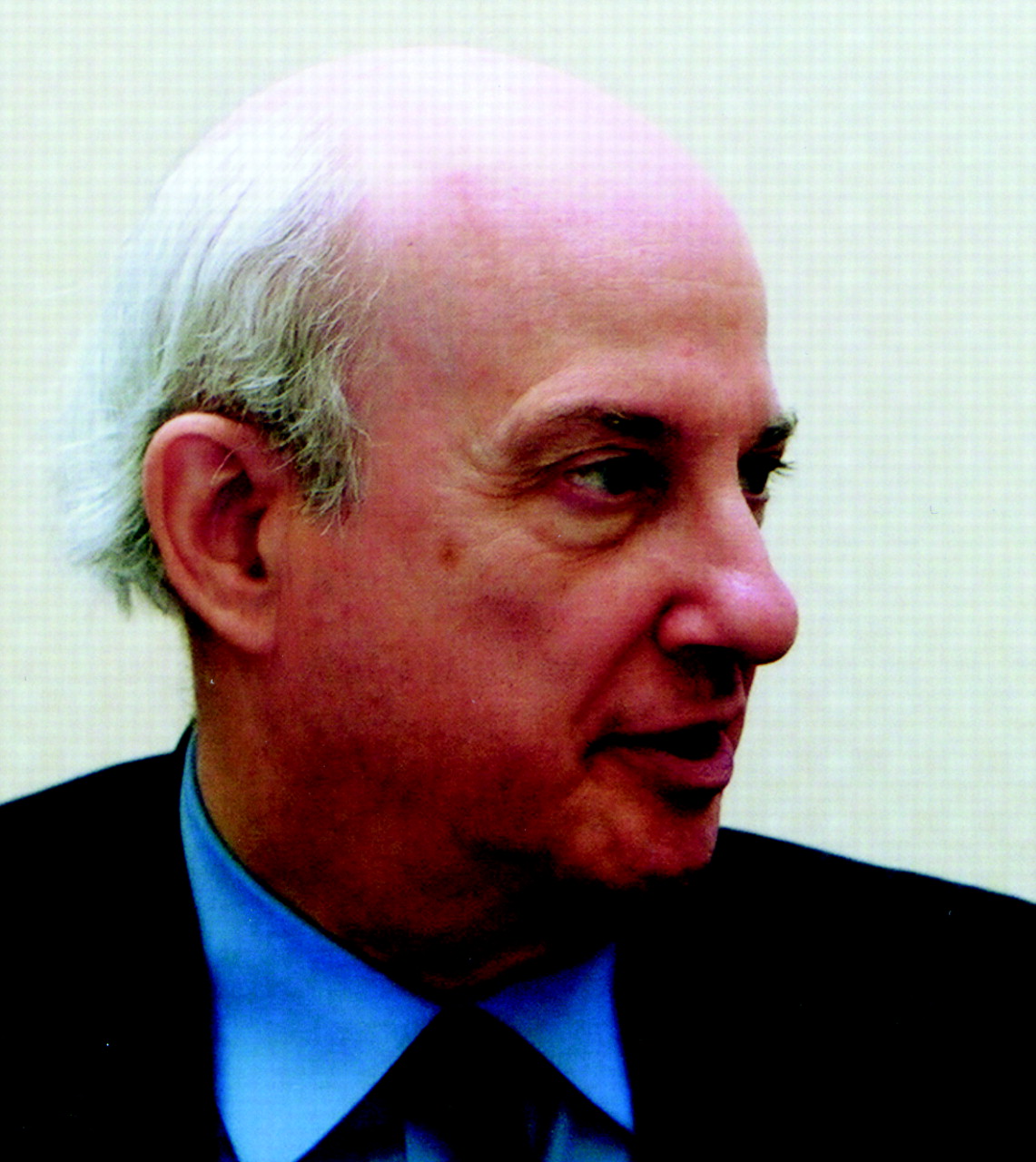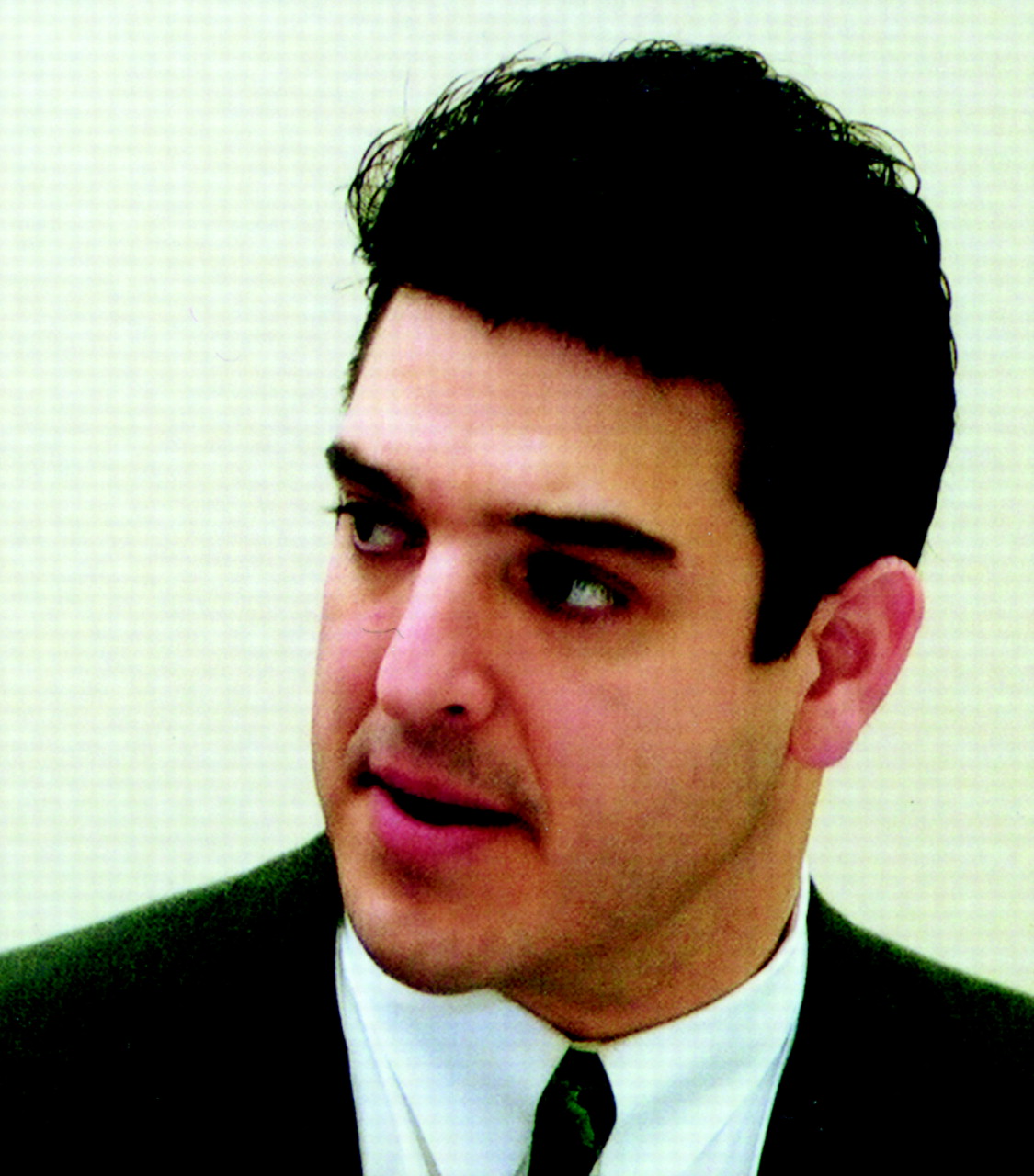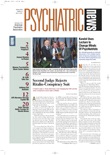It was one of the last sessions at APA’s 2001 annual meeting in New Orleans last month, yet the room was packed with forensic psychiatrists and members of the press. They had come to hear about a subject that fascinates—and terrifies—most people. The subject was evil.
Indeed, they sat entranced as Michael Stone, M.D., a professor of clinical psychiatry at Columbia University who totes the biographies of over 100 serial killers around in his laptop computer, described some of the most horrific deeds that people have performed over the years.
For instance, there was the Hungarian countess who killed 600 virgins, then bathed in their blood to recapture her youth. There was the woman who burned her daughters with cigarettes and locked one in a freezer. There was the man who recorded the sounds of children as he tortured them and who played the recordings back later as a sexual turn-on. There was another man who was good to his own children, yet who killed and ate three others.
Hearing about such dark and grisly deeds appeared to prepare the audience for what was really the highlight of the session: the unveiling of a new psychiatric instrument that its developer claimed would help the courts distinguish which crimes are truly heinous. The instrument is called the Depravity Scale.
The scale was unveiled by its inventor—Michael Welner, M.D., a forensic psychiatrist and director of a national consulting firm called the Forensic Panel, a private company made up of about 20 individuals, including several psychiatrists. He is also an associate professor of psychiatry at New York University and an adjunct professor of law at Duquesne University. Welner explained how he came to design the scale and what it constitutes.
During his forensic work for both the prosecution and the defense he often noted how criminal and civil codes use words such as “atrocious,” “outrageous,” and “vile” and how such words have different meanings in various states and courts.
The use of such words, Welner observed, becomes a part of jury decisions about whether there are aggravating factors in a case. Having committed a “vile” crime, for instance, can be considered an aggravating factor. And such factors in turn can influence a jury in deciding not just whether the defendant should be given more severe punishment, but whether the accused should receive the death penalty.
The employment of such words can also influence cases in civil courts and family courts, Welner noted. The word “outrageous” is especially bandied about in divorce cases and child custody battles; it may result in higher financial damages or loss of parental rights.
Consensus Definition Needed
Thus, what U.S. courts needed, Welner decided, was some consensus definition of such words, or more specifically, some consistent way to assess crimes and other events and determine whether proven actions represent “evil behavior.”
In developing the Depravity Scale, Welner first reviewed criminal case law—that is, more than 100 higher court decisions on capital cases—to probe examples where courts supported the designation of crimes as evil as well as the different reasons given by the judges for doing so.
Then he reviewed the psychiatric literature to glean diagnostic correlates for the sentences courts were already issuing.
Welner used this information to flesh out a 26-item working research model that would reflect depraved intentions before an offense, depraved actions contributing to an offense, and depraved reactions to an offense—sort of a yardstick against which a defendant’s mental state, actions, and reactions might be compared. For instance, “intent to emotionally traumatize a victim,” “intent to permanently disfigure a victim,” “prolonging a victim’s suffering,” and “indifference or satisfaction after inflicting suffering on a victim” are four of the proposed items.
Welner also pointed out at the symposium that he had been assisted in his research by a group of some 20 colleagues, notably Robert Sadoff, M.D., Lewis Opler, M.D., Ann Burgess, R.N., and Robert Hare, Ph.D.
Validation Research
At the end of his talk, he invited the psychiatrists in the audience to participate in validation research currently being conducted on a Web site devoted to that purpose. For a month or so now, he pointed out, forensic psychiatrists, forensic psychologists, attorneys, judges, and theologians have been sampled from around the United States to gain consistent perspective about what intents, actions, and reactions constitute depravity. So far, about 1,500 responses have been obtained. Items that prosecutors, judges, and defense attorneys agree are especially representative of depraved intent, actions, and attitudes will form the core of the final version.
But will forensic psychiatrists sign onto the project, or at least give it their tacit approval? Questions posed at the session suggested that there will be some resistance, or at least some reservations.
For instance, would the Depravity Scale reveal whether the accused had been sexually abused as a child? “No,” Welner answered. “It is not meant to encompass such evaluations, simply to hold words such as ‘depraved’ to some accountability.”
Would the Depravity Scale make life worse for criminals who are mentally ill? “No,” Welner countered. “It is colorblind and socioeconomic blind. It does not reflect whether a person is suffering from depression or psychosis. So if a person has a psychiatric disorder, that has to be determined independently, as is already the case.”
Might the Depravity Scale lead not only to the conviction of people who had engaged in “evil” crimes, but on occasion to the conviction of people who had not? “No,” Welner replied. “In fact, standardization of what constitutes evil behavior would be especially valuable in preventing a miscarriage of justice in death penalty cases. I also believe that the scale would be an antidote to defense lawyers or prosecutors manipulating the emotions of juries. The scale forces courts to gather evidence before using such words.”
On the other hand, one forensic psychiatrist in the audience, John L. Young, M.D., an associate clinical professor of psychiatry at Yale University, lauded Welner’s efforts to catalog depraved acts and to try to arrange them in some hierarchy so that if someone were convicted of a particular act, he would be treated the same way for it in one jurisdiction as in another. “I think it is going to take a great deal of professional expertise to make a scale that is valid and reliable, that speaks to something that is real,” he said. “But it is a worthy undertaking.”
Yet Young, who is a Catholic priest as well as a forensic psychiatrist, did argue that the scale should not be referred to as a scale of “evil behavior,” but rather as a scale of “depravity,” “wantonness,” “inhumanity,” or some comparable term. “I feel goose bumps when people talk about evil,” he confessed.
Later Psychiatric News asked Young exactly what he had meant by that statement. He explained, “I have great respect for the power of evil, whether you want to personify it as Lucifer, Satan, the Devil, or even not at all. I think that defining evil is outside our competence, professionally and spiritually.”
More information about the Depravity Scale can be obtained by calling (800) 535-9925 or by visiting this Web site: www.depravityscale.org. ▪


